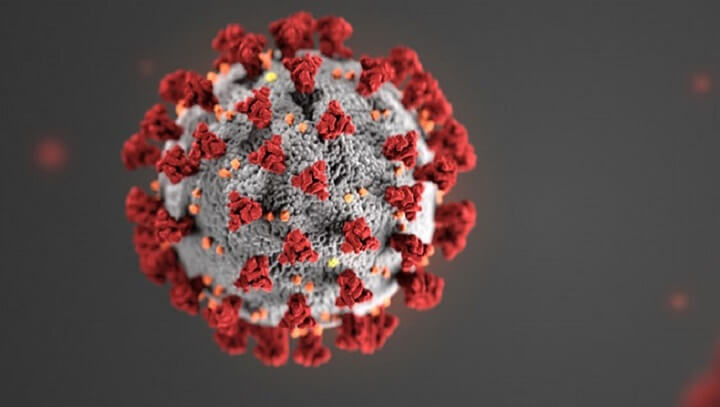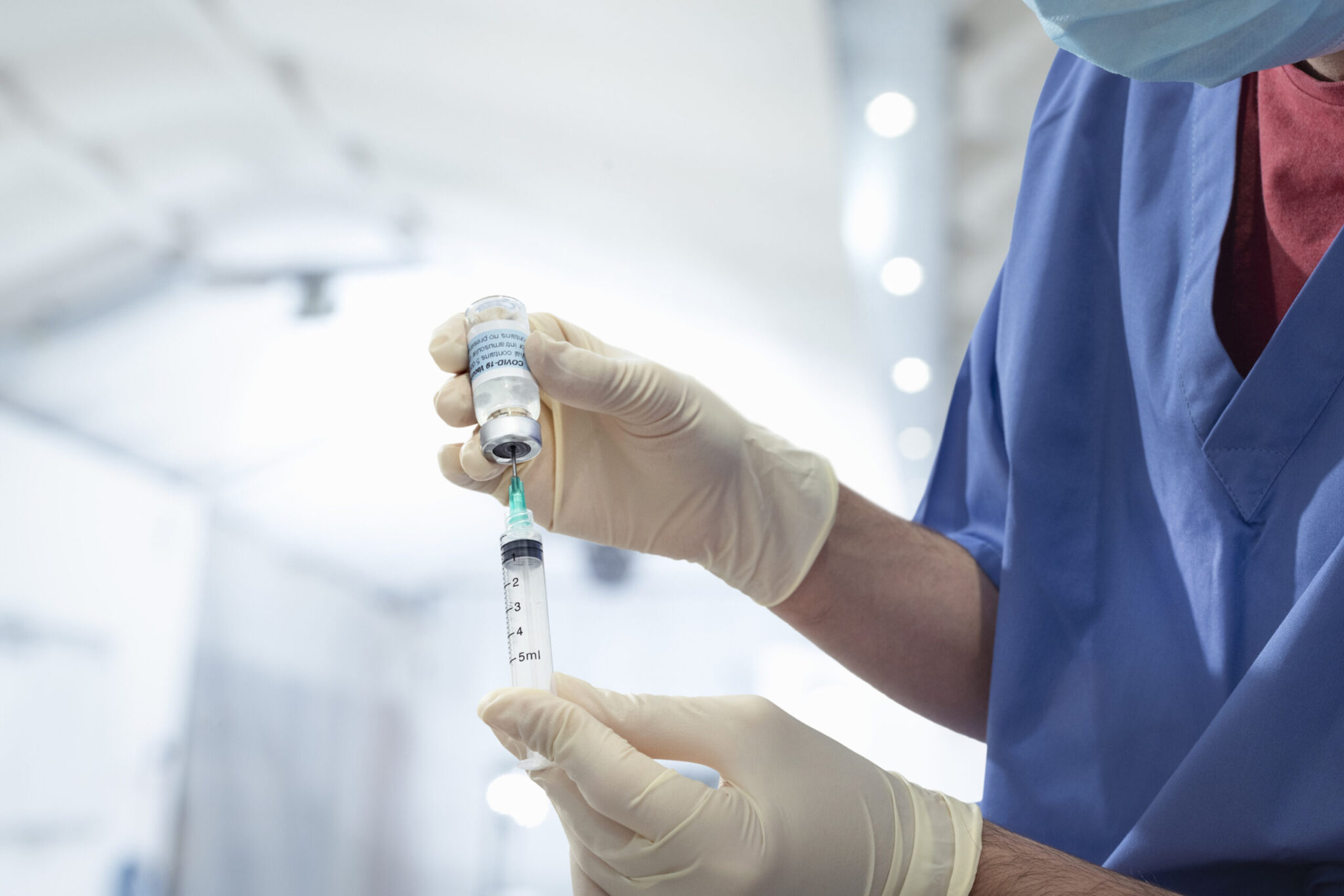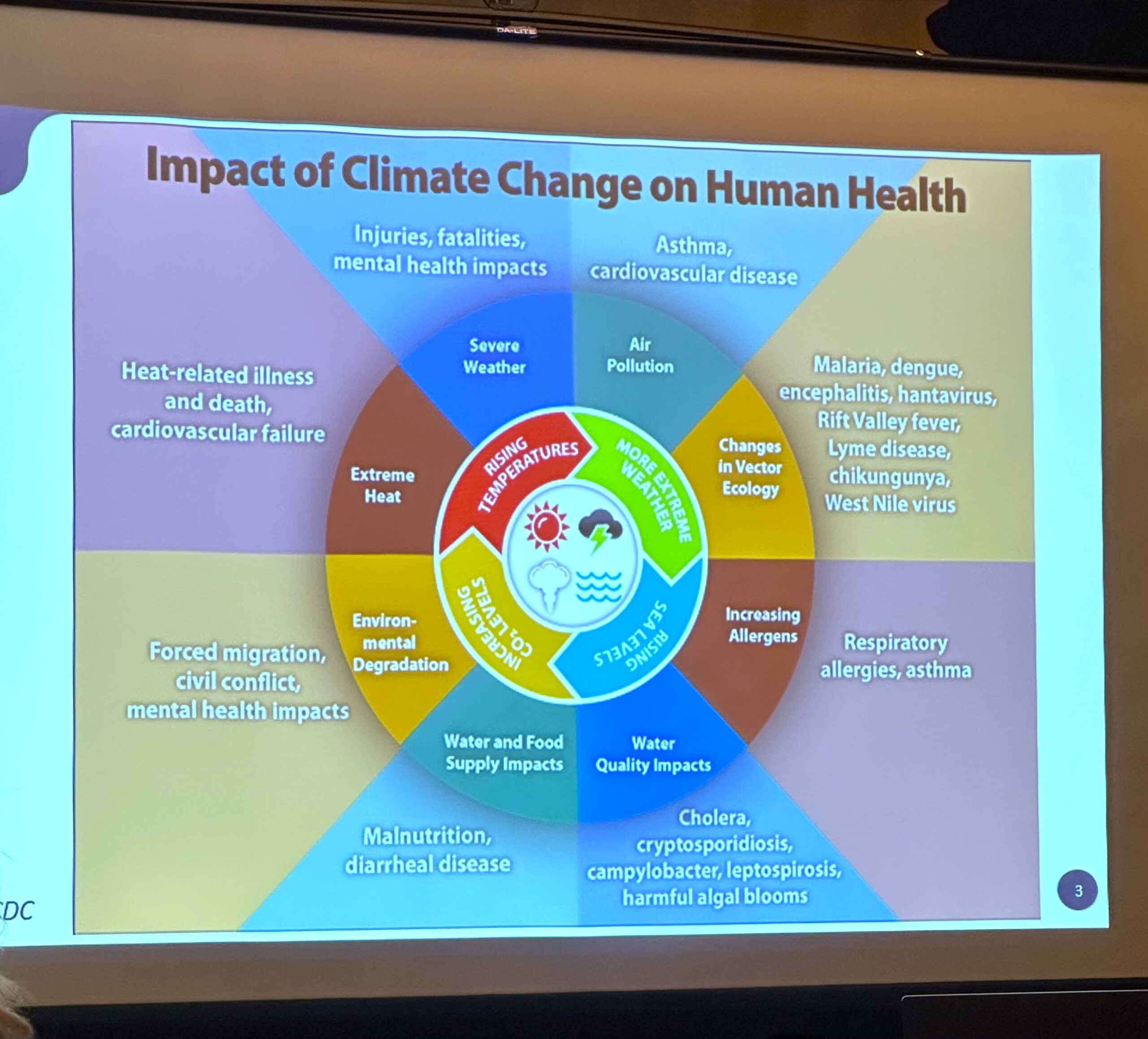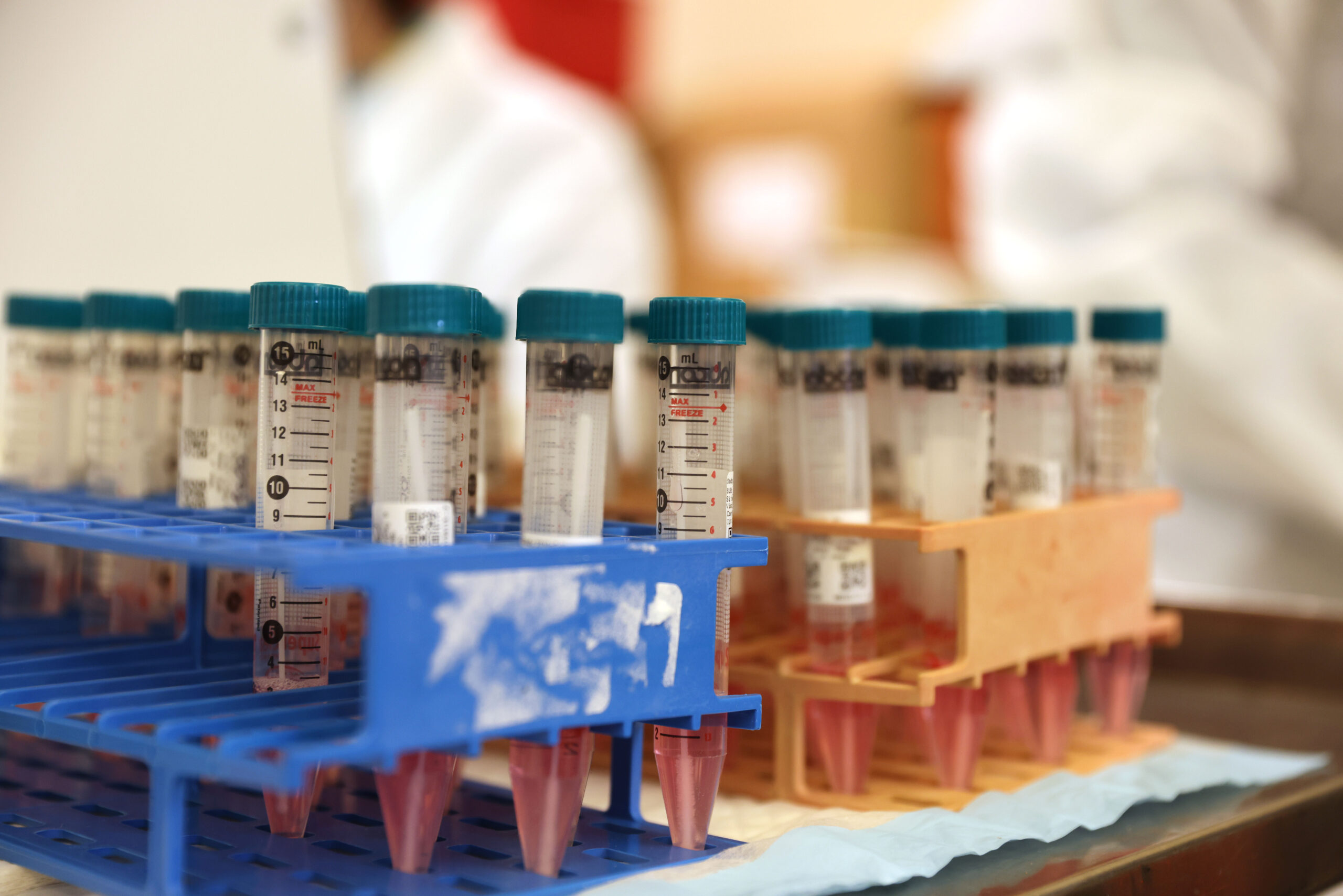Predicting the Peak of the Outbreak Is an Imprecise Science

A statistical analysis suggests that COVID-19 deaths in Maryland and the virus’s impact on the state’s health system will peak late next week, then start to decline.
But state officials and independent experts cautioned that there are many variables that go into such projections. They said the future course of the epidemic is ultimately impossible to predict.
According to the University of Washington’s Institute for Health Metrics and Evaluation, Maryland’s daily coronavirus-related death toll will peak at 60 on April 17.
Researchers predict that “resource use” — the need for hospital beds, ventilators and other equipment — will also peak that day, according to the institute’s modeling.
The institute updates its projections for all 50 states, the District of Columbia and numerous nations on a regular basis, often daily.
Given the painful loss of life, the historic damage to the economy and the interruption of daily routine, there is a huge public thirst for a sense of when things will get better.
There is no crystal ball, however.
Dr. Jeffrey A. Elting, the former head of bioterrorism response for the Washington, D.C., Hospitals Association and an expert on infectious disease, said the vast number of variables makes it extremely difficult to come up with solid predictions.
Primarily that’s because the extent to which the public is taking the precautions shown to slow the spread of COVID-19 is unknowable. “How do you predict peoples’ behaviors?” he asked.
Elting said the list of variables is long: whether people are practicing social distancing consistently, what percentage of medical staff will fall ill, the number of respiratory therapists and ICU nurses at each facility, whether hospital medical supplies are sufficient, and how quickly supplies can be restocked.
“It’s a lot of moving parts and a lot of variables,” he said. “I don’t envy them trying to model something where they’ve got to take their best guess at a lot of different factors.”
Elting said that the University of Washington projection appears to be consistent with how the epidemic has played out in the hard-hit New York City area, “given what we know about incubation periods, how long it is from the time people become infected until they get mildly sick, ’til they get severely sick.”
Gov. Lawrence J. Hogan Jr. (R) and the state’s top health officials have repeatedly cautioned against putting too much faith in projections.
In a statement to Maryland Matters, Charles L. Gischlar, spokesman for the Maryland Department of Health, said the agency “has worked with a number of academic institutional models and evaluated a number of publicly available models to help gain a broad understanding of possible surge scenarios in the state.”
“This process has produced estimates that can vary widely, depending on modeling assumption factors,” he added. “Rather than relying on a specific model or specific projection, MDH’s use of modeling is a tool for broad planning purposes and not as a concrete forecast of what will happen as COVID-19 cases continue to increase across Maryland.”
As of late Wednesday, the virus had claimed 124 lives in Maryland, up 21 from the day before.
According the University of Washington projection, the death toll will accelerate in the coming days, hitting 60 per day on April 17.
The model shows Maryland surpassing 500 total deaths on April 17 and topping 1,000 on April 27. The virus is expected to claim 1,094 lives here by the time it essentially dies off in mid-May.
The range of total deaths produced by the Institute for Health Metrics and Evaluation modeling — between 601 and 2,108 — underscores the range of possibility, and uncertainty, going forward.
“The more data you have coming in that’s accurate, the better it is,” Elting said. “Their models will get better as they get more input.”




 Creative Commons Attribution
Creative Commons Attribution